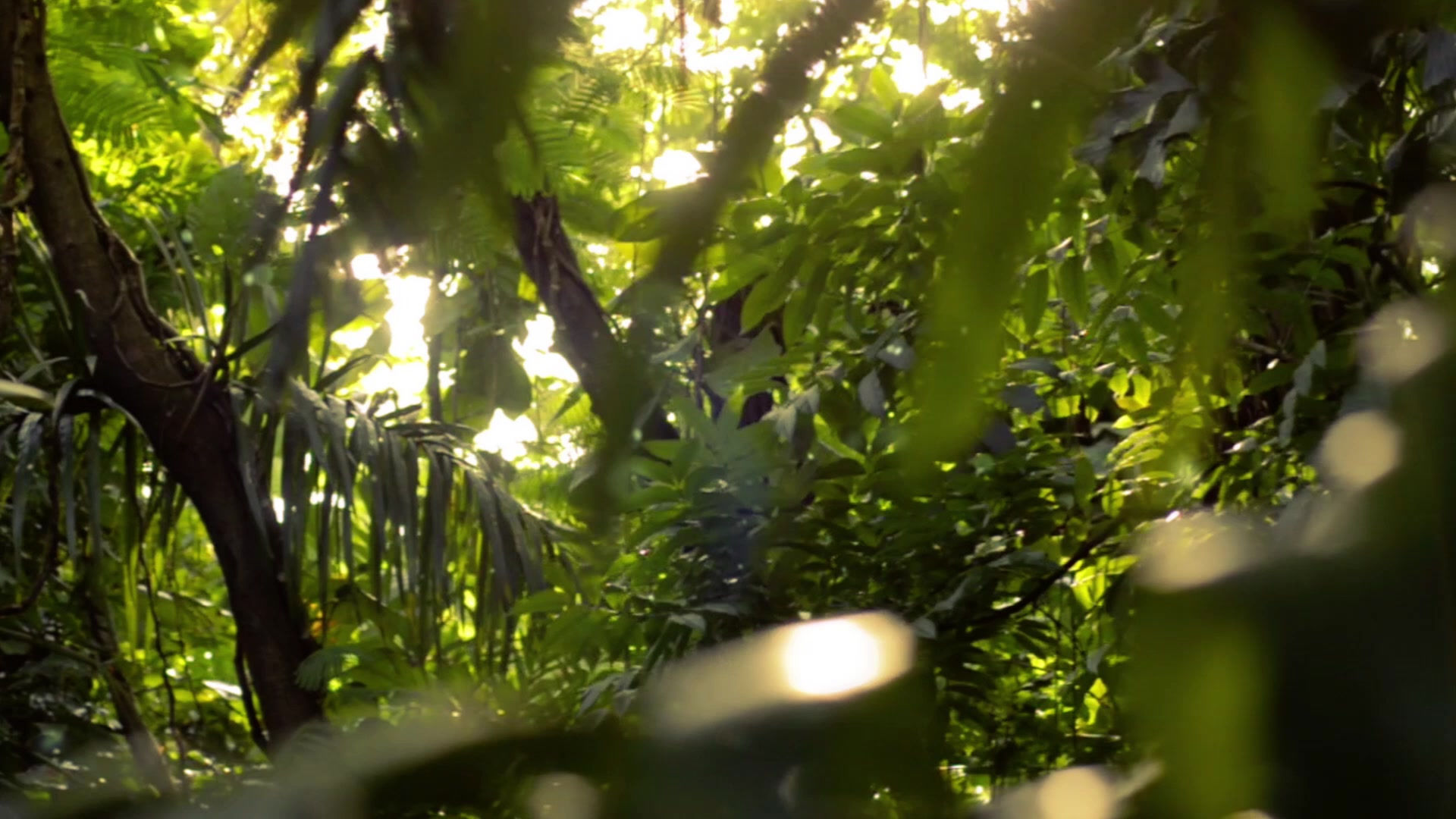top of page



Where networking, learning and giving connect.
HOOSIER SCIENCE AND ENGINEERING FAIR
Winners of INAEP's Special Recognition Awards (Senior Division)
1st Place, INAEP Award of Excellence in Environmental Science
Certificate and $300 Award
Ankush Dhawan
Signature School Inc, Evansville, Indiana
Graphene Oxide: A Novel Material for Water Filtration
27% of the world's 7 billion population today drink and use unsafe water. More people die from unsafe water than from all forms of violence, including war (United Nations). The purpose of this project is to determine if based on advancements in science, technology, and chemistry, one can create a versatile and comprehensive filtration system to filter out salts, metals, and dyes from water. Graphene has the unique property that allows it to be an optimal agent for filtration - it is impermeable to most salts, metals, and dyes while still being permeable to water. The hypothesis is that if sand is coated with graphene oxide (GO is a chemical route to making graphene), then the contaminants will be adsorbed and clean water will flow through the sand bed. Graphene oxide (GO) was synthesized from graphite in a lab environment and multiple variables based on the type of sand (Coarse vs Fine) and the type of GO (Lab made or commercial), coating conditions (Vacuum or domestic oven), and water contaminants were varied to validate filter performance. The GO-based sand system was effectively able to remove colorants/dyes, as well as desalinate water. Micro-pore (fine) sand performed better than pool filter (coarse) sand, most likely due to larger surface area. High grade, commercially available GO performed better than the one produced in the lab (possibly due to the starting graphite material). Drying performed in a vacuum oven indicated better adhesion of GO to the sand as evident with loose GO particles. This project demonstrates a portable, novel and versatile water filtration system and highlights the need for future work in this area.
2nd Place, INAEP Award of Excellence in Environmental Science
Certificate and $200 Award
Annie Ostojic
Munster High School, Munster, Indiana
Recycling Energy and Reducing Solid Waste: A Novel Battery-Charging Device with Optical Concentrator Reflector Design that Optimizes Indoor Light Energy Harvesting
Demand for portable power continues to grow along with its corresponding environmental impact as Americans throw away more than three billion batteries or roughly 180,000 tons of battery waste each year, 48% of which are single-use batteries. To support sustainability efforts, this research designed a device that energizes rechargeable batteries using a PV (photovoltaic) cell and compound parabolic concentrator reflector as a way of harvesting indoor LED light energy thereby recycling energy and reducing solid waste. Optical concentrators for outdoor solar PVs have been studied, but research is lacking regarding the effect of concentrator optics with indoor LED light sources to improve harvesting efficiency; in addition, current PV battery-charging devices only use outdoor solar energy. Battery-charging devices which recycle indoor LED light energy are not available. In this research, PV types were tested for effectiveness in LED energy harvesting. LED-reflective materials were tested and utilized in construction of three geometrically-designed optical concentrators, an inverted truncated rectangular pyramid, an inverted truncated elliptical cone, and a compound parabolic concentrator. Each were imaged with 3D-design engineering software, built, and tested for effectiveness in concentrating LED energy onto a PV. Experimental results supported the hypothesis that increased indoor light energy harvesting could be achieved with an optical concentrator design for LED light sources. Utilizing this PV-optical-reflector component along with coding a C++ program that estimated battery charging times, a novel battery-charging prototype was built and tested. The device was able to recharge a variety of battery sizes using recycled indoor LED light energy.
3rd Place, INAEP Award of Excellence in Environmental Science
Certificate and $100 Award
Jay Maturi and Pranav Sriram
University High School of Indiana, Carmel, Indiana
Optimization of Cellobiase Function in Breakdown of Mushroom Cellulose Using Co-enzymes: A Model for Biofuel Enhancement
As current energy sources of coal and petroleum become more expensive and less eco-friendly, it is vital to find alternative fuel sources; biofuels provide a cheap way to recycle organic material and convert it ethanol fuel. This conversion of lignocellulosic material into ethanol can be done through the cellobiase enzyme, which can break the glycosidic linkage of the cellobiose molecule to create two constituent glucose molecule, which can be converted into ethanol via microbial fermentation. The rate-limiting step in this production of ethanol is the enzymatic breakdown of the cellulosic material; therefore, optimization of this enzyme would allow more efficient and carbon neutral alternative to the production of ethanol. In this study, 6 mushroom varieties (oyster, shiitake, enoki, king, portabella, brown beech) were tested for cellobiase activity.
bottom of page